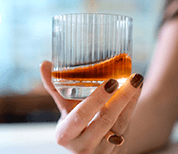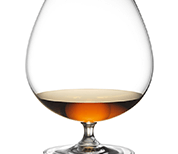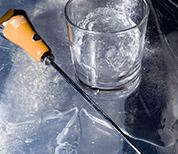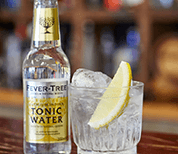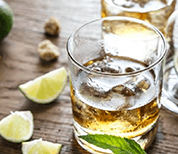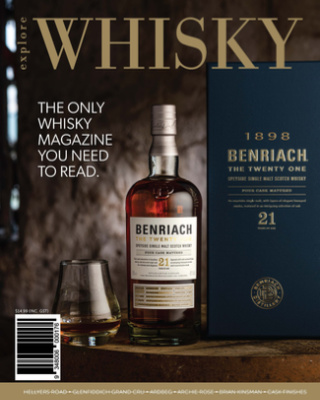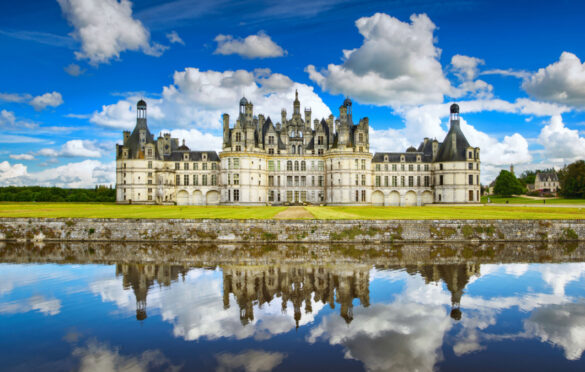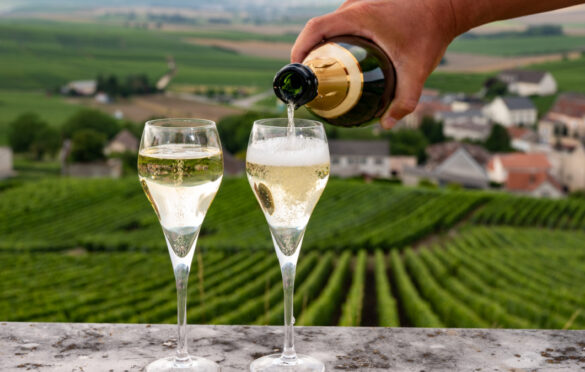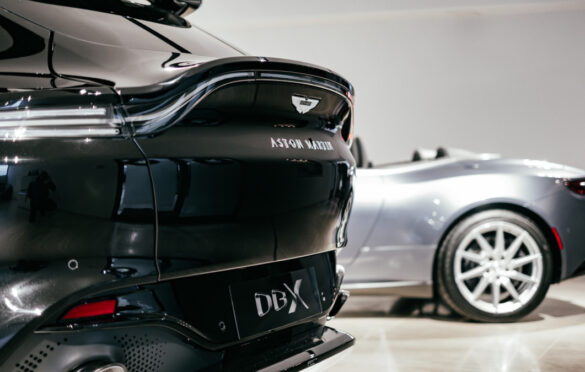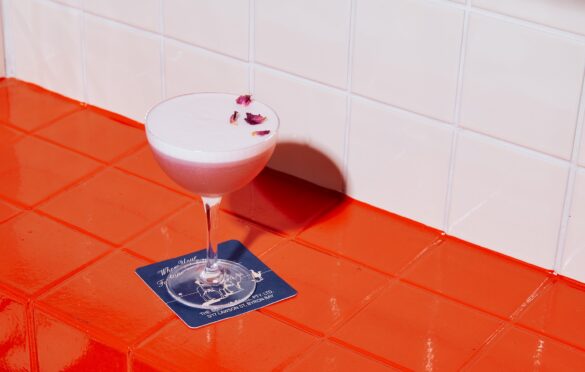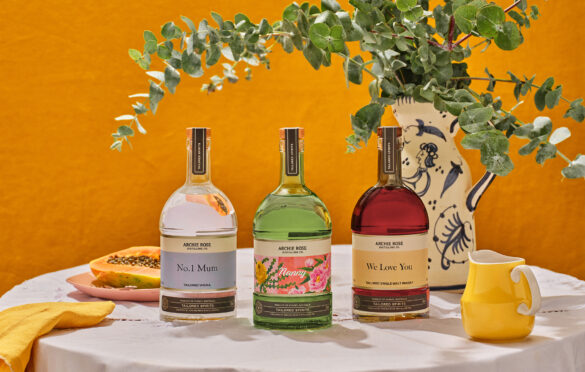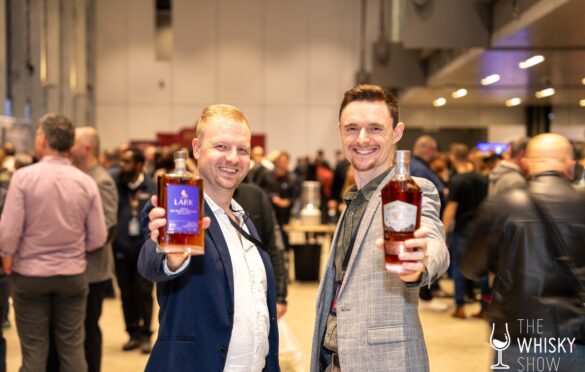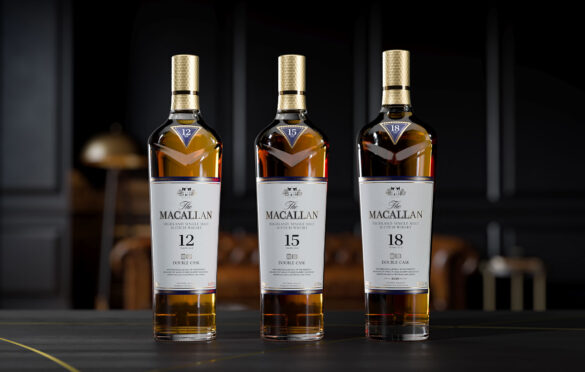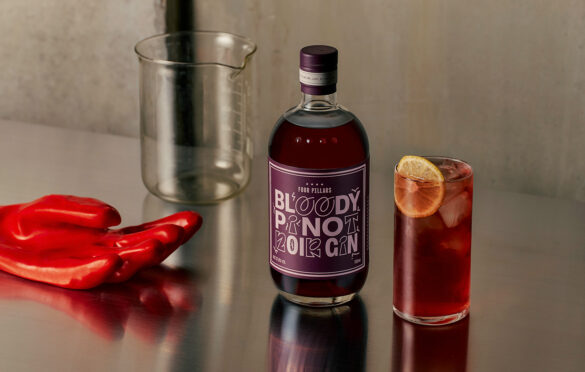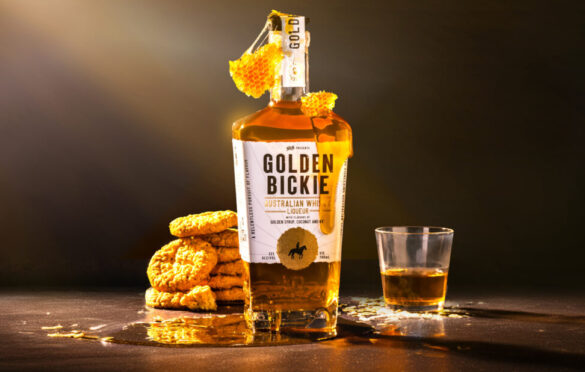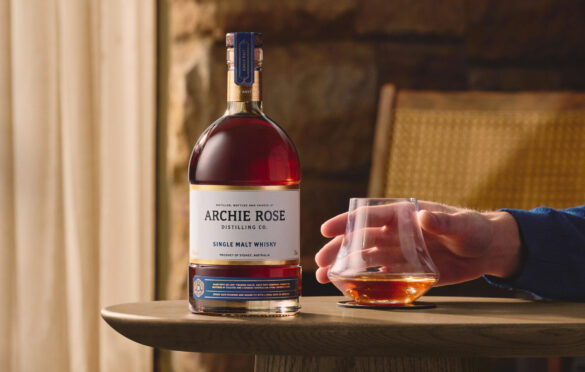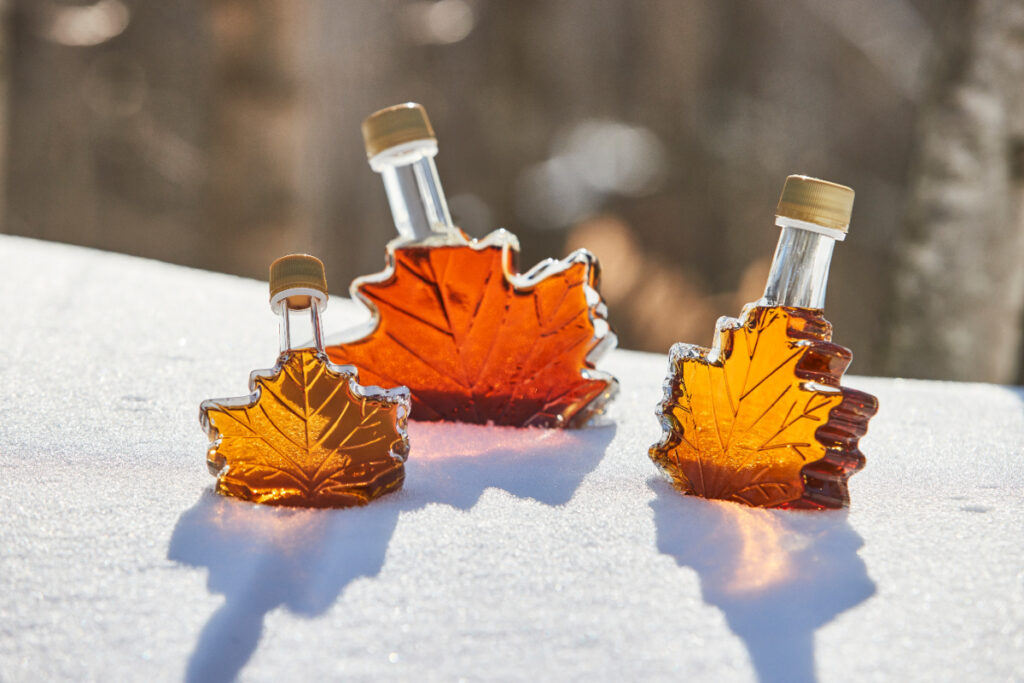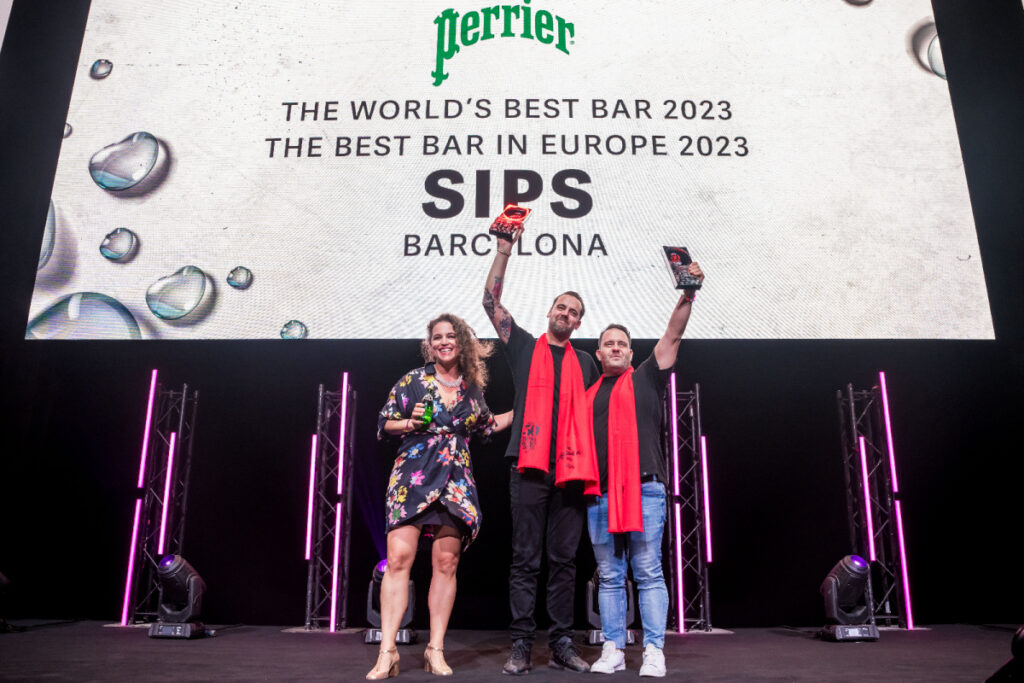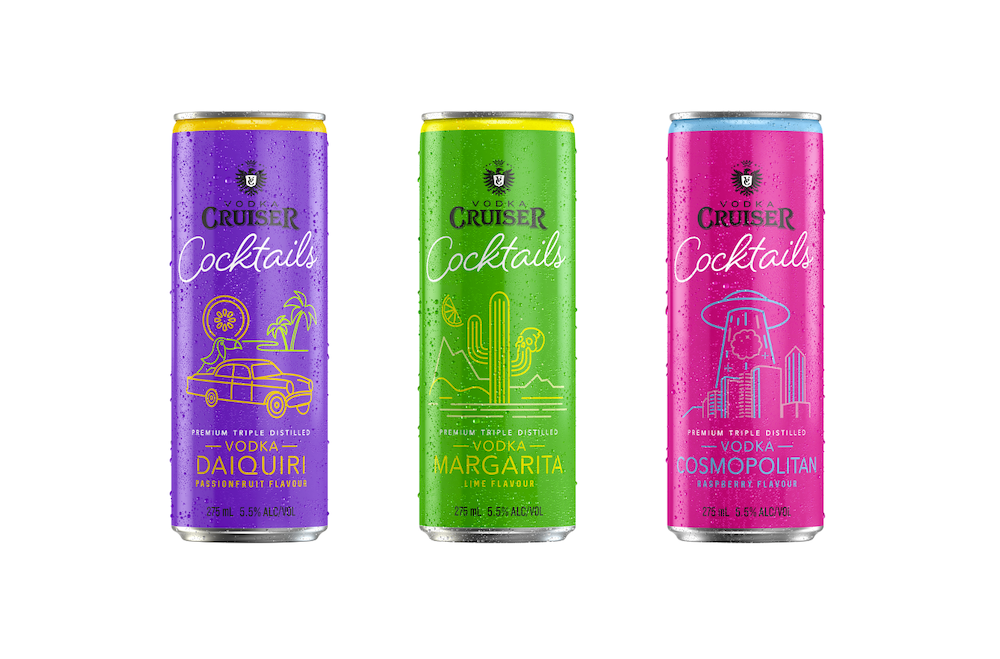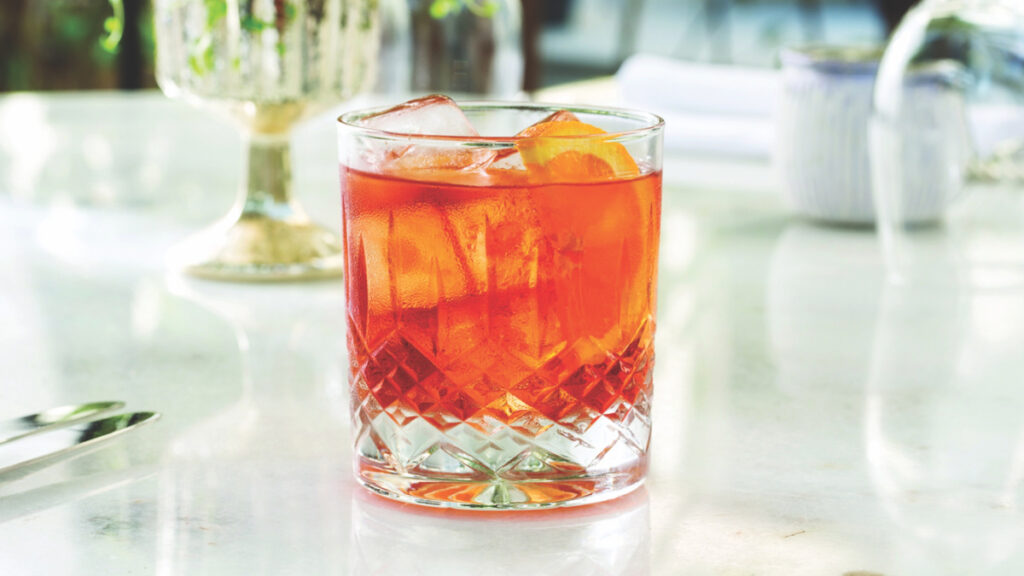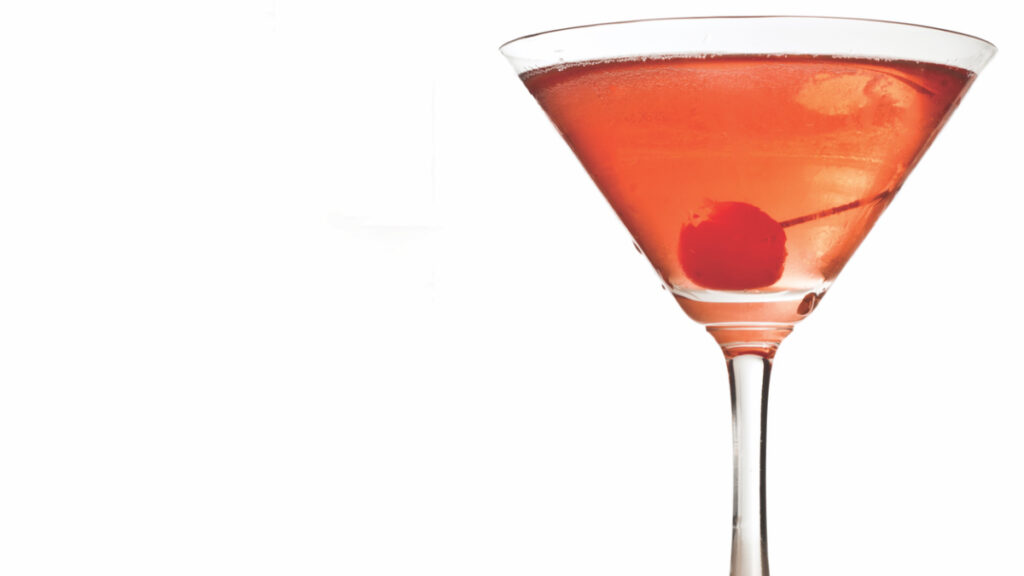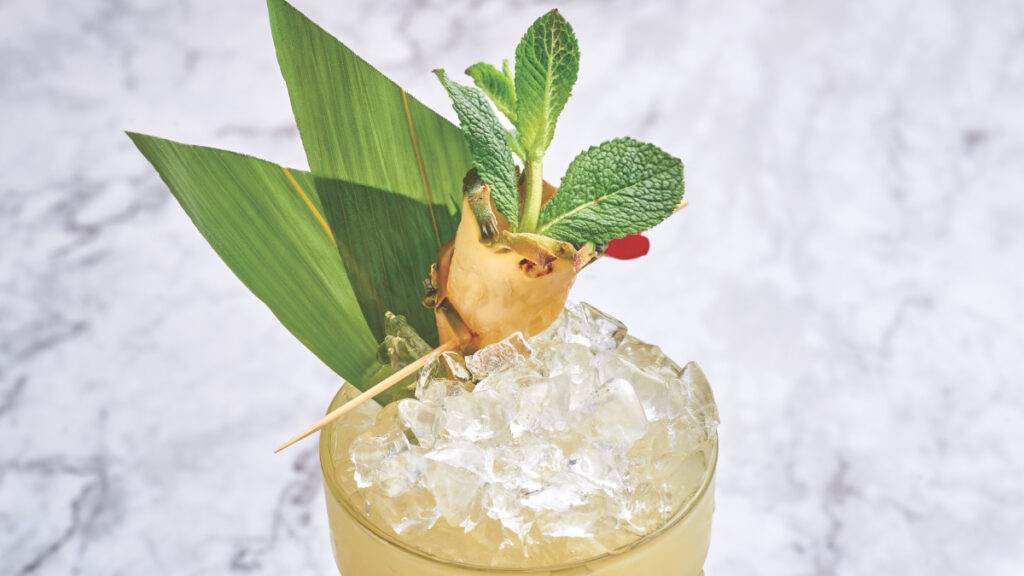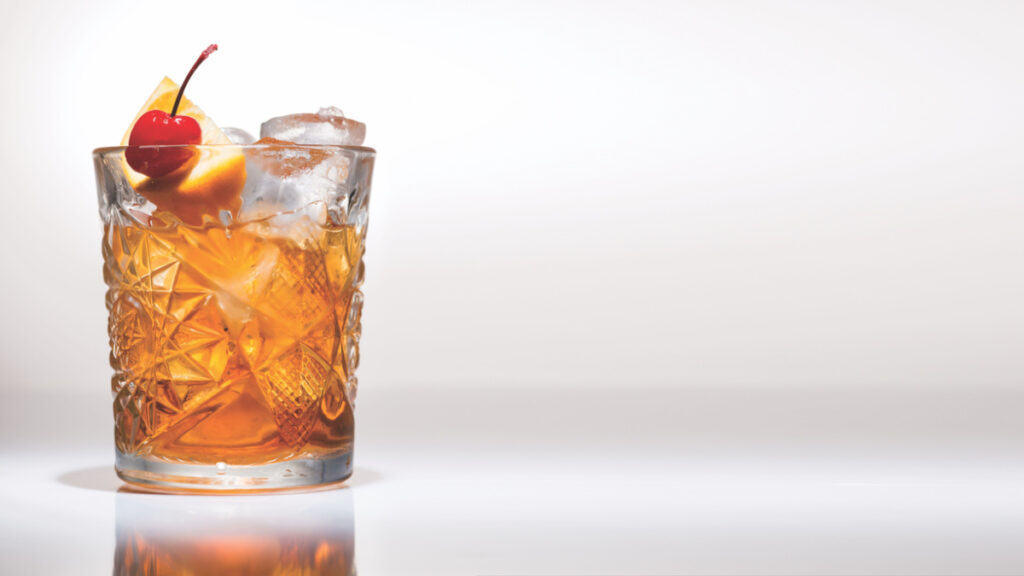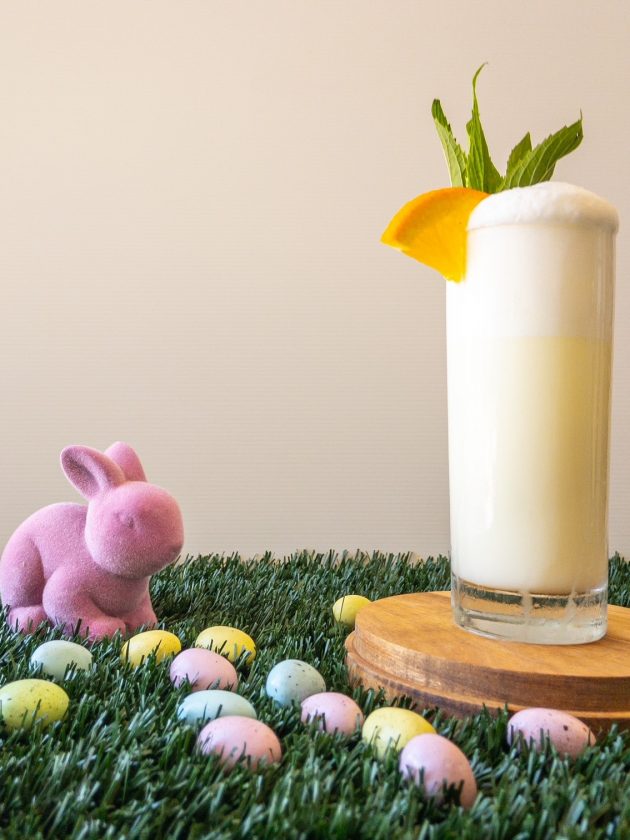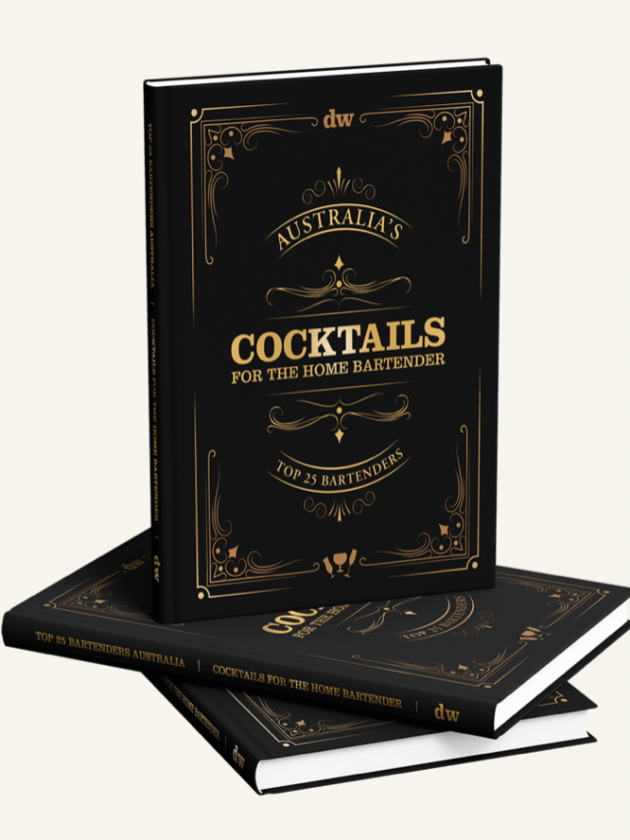- (+61) 2 9492 – 7999
- info@hipmedia.com.au
- Mon - Fri: 9:00 - 18:30
Loire Valley wines are best described as: Fresh, Fruity, Floral, and Fair. This differentiates them from other regions of France and showcases the unique and distinct terroir character. The wines are distinguishable because of their crisp acidity and minerality – Freshness, bright, fruity flavours – Fruity, notes of white flower, rose, and acacia – Floral, and, importantly, their commitment to sustainable and environmental practice through certifications HVE, Terra Vitis or AgriConfiance – Fair.
“The four F – fresh, fruit, floral and fair – is the DNA of the Loire. People are into drinkability, and that’s the definition of our wine, balanced with more fresh fruit, flavour and acidity. Fair means in terms of our environmental production and sustainability,” says Pierre-Jean Sauvion, Interloire spokesperson and Chairman of the Communication Commission.
Pierre- Jean stresses that the ‘fair’ in Loire’s ‘Four F’ mantra is important for one big reason – the future. He says we need to be there tomorrow for the next generation, our children, and our children’s children.
“We have to prepare the future for them,” he said. “In the Loire, we have been making quality wines forever, and the big issue facing the region with climate change is quantity – the big thing now is being gentle with nature.”
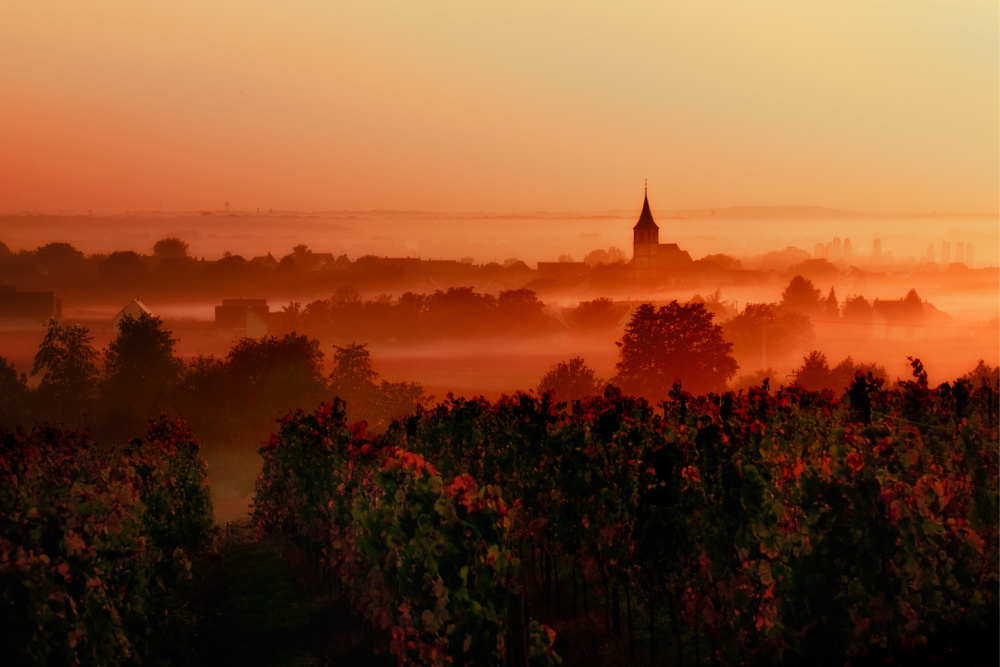
The French Ministry for Agriculture developed the HVE certification in 2001. It’s a three-tiered system that encourages farms and vineyards to focus on their sustainable practices. HVE means Haute Valeur Environnementale, or High Environmental Value in English and is the French agricultural certification that recognises a high level of commitment to sustainable practice in the vineyard. It mainly looks at the focus of biodiversity in the vineyard, flora protection, and fertiliser and water use management. Pierre-Jean emphasises the importance of increasing the biodiversity in the vineyards by increasing the flora to attract the fauna, growing grass between the vines, planting trees and bushes around the vineyards, and ensuring there is a dense eco-system that is thriving around the vines. Hence, the nurtured soils produce grapes of quality. He says they do their best in the Loire to decrease the number of insecticides and the use of mechanical equipment in the vineyard.
HVE vineyards are not necessarily organic because many of France’s vineyards struggle with wet conditions, which cause mildew and disease that needs to be managed. Still, it does recognise these wineries are doing their best to be sustainable under the conditions they are presented with. Completely voluntary, accreditation is at three levels; Level 3 is the highest and is validated by external audit after the vineyard has operated under Level 2 best practice criteria for three years. Producers can use the logo on the wine bottle if the wine contains a minimum of 95% raw material from vineyards accredited with HVE.
Every producer in the Loire Valley is committed to having at least one environmental certification by 2030. Pierre- Jean says this is a big thing because they are the first wine region in France to have a real plan to achieve a sustainable target.
“We were the first region to make a plan and put it down on paper to be 100% environmentally certified by 2030,” explains Pierre-Jean. “The national target is 50% by 2025.”
The Loire is ahead of schedule. It currently sits at 65% with 38% of winegrowers HVE Level 3 certified. They are leading the rest of France. Nationally the figure is 23%. As for organic vineyards, 26% of producers are organic and 18% of their vineyards (farmed land) are organic compared to the national average of 17%. Among those organic Loire Valley vineyards, 11% are biodynamic.

“Which is crazy because if you look at the nature and weather of the Loire and its humidity, it’s actually more difficult to be certified organic here,” says Pierre-Jean.
However, Pierre-Jean says it is more than just the HVE mark on the label. The most critical element of their sustainability journey is people. “For me, before being able to put it on a label, it’s a group conscience, a way of life, because you want to be sustainable for the next generation, to produce wine tomorrow.”
The Loire Valley Wines Council, Inter Loire is driving this 2030 goal through education and strong communication. The organisation conducts training sessions for their growers and winemakers and teaches them to drive change. Pierre-Jean says today the younger generations are learning about environmental sustainability at school. They graduate and teach the older generations the new order. “It’s about working with nature because nature is your job. If you are not nice to nature, it will not give you grapes. It really needs to be something you believe in. That’s our philosophy.”
Loire’s wines are also popular with the younger generations who enjoy drinking wines that are fresh and young with no pretence. Pierre-Jean says this is where the other “F’s” come to the fore and why Loire wine’s freshness, fruitiness and floral characters lead to a drinkability that is embraced by a world of wine lovers.
Australia’s laid-back lifestyle and climate make it an ideal match for Loire Valley wines. The breadth of the range here is growing as Australian’s explore more about this beautiful part of northern France and embrace its wine’s diverse and special character. There is much to discover: from fresh sauvignon Blanc’s to floral Chenin Blancs and deliciously drinkable fruity Cabernet Francs.
Pierre-Jean summed it up perfectly when he said, “You know that we are the best wine region in the world. Yes? You know that we are.”

